The Windows Terminal became generally available at the Microsoft Build 2020 virtual conference a couple of weeks ago. I already blogged about how you can customize your Windows Terminal settings and shared my settings.json file. Many people asked me about the different Windows Terminal Color Schemes I use. So I thought a blog post would be a good way of sharing my Windows Terminal Schemes.
Windows Terminal 1.0 was released on May 19, you can find more documentation here on Microsoft Docs.
I already shared a couple of blog posts on how you can customize your Windows Terminal experience:
- My Customized Windows Terminal Settings.json
- Add a PowerShell Remote Session in Windows Terminal
- Change the Windows Terminal Theme from Light to Dark
- How to Change the Windows Terminal Background Image
- How to open Windows Terminal from Command Prompt or Run
- New Microsoft Code and Terminal Font Cascadia Code
My Windows Terminal Color Schemes
Here is my Windows Terminal Color Schemes. Since I use the acrylic effect, I post a picture when the Windows Terminal window is active and one where it is inactive.
Vibrant Tom
This one I use for my default shell (PowerShell 7).
{
// Color Scheme: VibrantTom
"background" : "#16171D",
"black" : "#878787",
"blue" : "#44B4CC",
"brightBlack" : "#E373C8",
"brightBlue" : "#0000FF",
"brightCyan" : "#19D1D8",
"brightGreen" : "#81EC0D",
"brightPurple" : "#FF00FF",
"brightRed" : "#FF0000",
"brightWhite" : "#E5E5E5",
"brightYellow" : "#FFD93D",
"cyan" : "#19D1D8",
"foreground" : "#FFFFFF",
"green" : "#CCFF04",
"name" : "VibrantTom",
"purple" : "#9933CC",
"red" : "#FF6600",
"white" : "#F5F5F5",
"yellow" : "#FFD93D"
},Windows PowerShell Tom
{
// Color Scheme: PowerShellTom
"background" : "#012456",
"black" : "#000000",
"blue" : "#0000ff",
"brightBlack" : "#AAAAAA",
"brightBlue" : "#44B4CC",
"brightCyan" : "#19D1D8",
"brightGreen" : "#81EC0D",
"brightPurple" : "#FF00FF",
"brightRed" : "#FF0000",
"brightWhite" : "#E5E5E5",
"brightYellow" : "#FFD93D",
"cyan" : "#19D1D8",
"foreground" : "#FFFFFF",
"green" : "#00ff00",
"name" : "PowerShellTom",
"purple" : "#9933CC",
"red" : "#FF6600",
"white" : "#F5F5F5",
"yellow" : "#FFD93D"
},Retro Command Prompt
Dracula
{
// Color Scheme: Dracula
"background" : "#282A36",
"black" : "#21222C",
"blue" : "#BD93F9",
"brightBlack" : "#6272A4",
"brightBlue" : "#D6ACFF",
"brightCyan" : "#A4FFFF",
"brightGreen" : "#69FF94",
"brightPurple" : "#FF92DF",
"brightRed" : "#FF6E6E",
"brightWhite" : "#FFFFFF",
"brightYellow" : "#FFFFA5",
"cyan" : "#8BE9FD",
"foreground" : "#F8F8F2",
"green" : "#50FA7B",
"name" : "Dracula",
"purple" : "#FF79C6",
"red" : "#FF5555",
"white" : "#F8F8F2",
"yellow" : "#F1FA8C"
},Ubuntu Legit
This one I saw first at Scott Hanselman’s blog. This one I use for my Windows Subsystem for Linux 2 (WSL 2) running Ubuntu.
{
// Color Scheme: UbuntuLegit
"background": "#2C001E",
"black": "#4E9A06",
"blue": "#3465A4",
"brightBlack": "#555753",
"brightBlue": "#729FCF",
"brightCyan": "#34E2E2",
"brightGreen": "#8AE234",
"brightPurple": "#AD7FA8",
"brightRed": "#EF2929",
"brightWhite": "#EEEEEE",
"brightYellow": "#FCE94F",
"cyan": "#06989A",
"foreground": "#EEEEEE",
"green": "#300A24",
"name": "UbuntuLegit",
"purple": "#75507B",
"red": "#CC0000",
"white": "#D3D7CF",
"yellow": "#C4A000"
},Vibrant Tom Light
This one I am still working on. I am not 100 percent happy, so let me know if you have any ideas.
{
// Color Scheme: VibrantInkTom Light
"background" : "#EEEEEE",
"black" : "#878787",
"blue" : "#44B4CC",
"brightBlack" : "#595e68",
"brightBlue" : "#0000FF",
"brightCyan" : "#19D1D8",
"brightGreen" : "#3f953a",
"brightPurple" : "#FF00FF",
"brightRed" : "#FF0000",
"brightWhite" : "#E5E5E5",
"brightYellow" : "#FF6600",
"cyan" : "#44B4CC",
"foreground" : "#16171D",
"green" : "#3f953a",
"name" : "VibrantTomLight",
"purple" : "#9933CC",
"red" : "#FF6600",
"white" : "#F5F5F5",
"yellow" : "#FFD93D"
},Conclusion
I hope this blog post helps you to customize your Windows Terminal and I hope you like my Windows Terminal color schemes. Let me know in the comments which Windows Terminal Theme you like best.
Tags: cmd, Color, Customize, Microsoft, PowerShell, Promot, Scheme, shell, Terminal, Theme, Ubuntu, Windows, Windows 10, Windows Terminal, WSL, WSL 2 Last modified: June 14, 2020
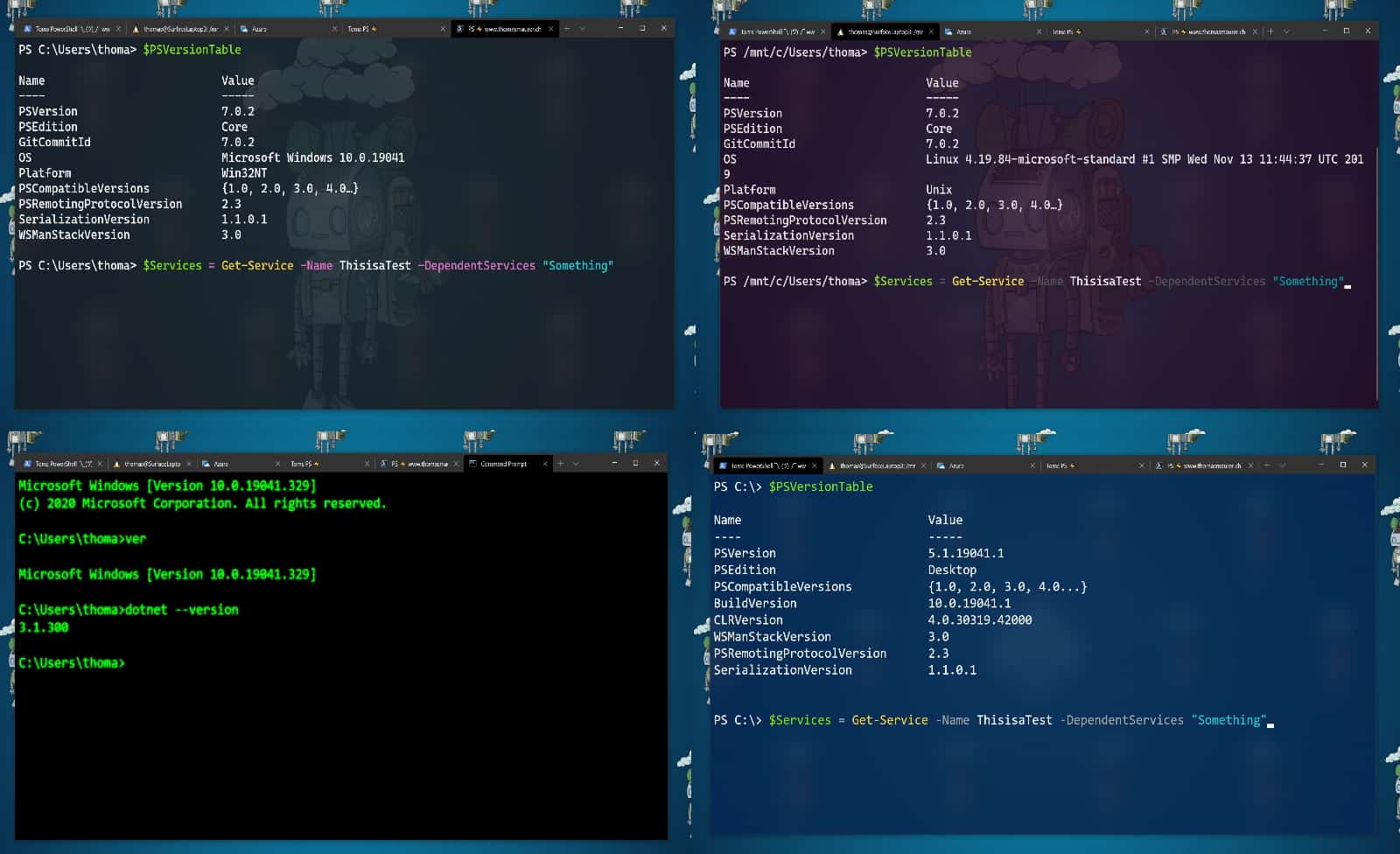
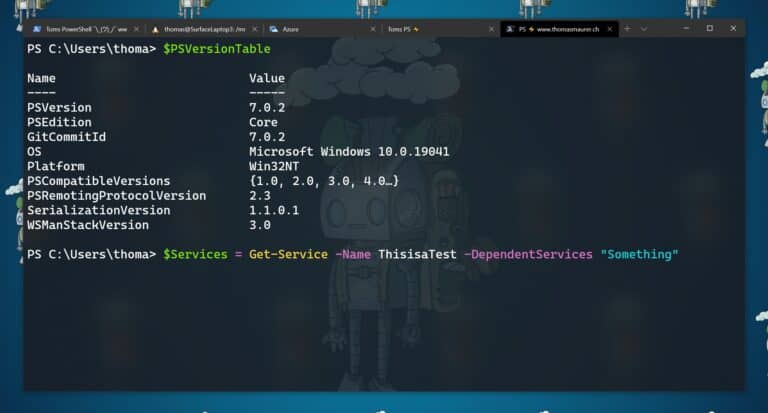
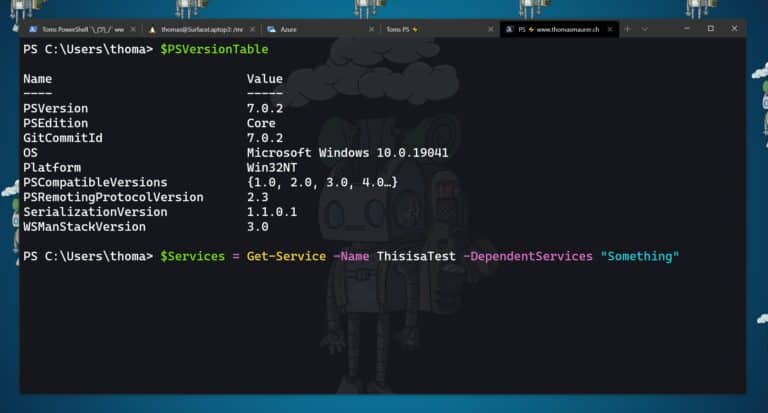
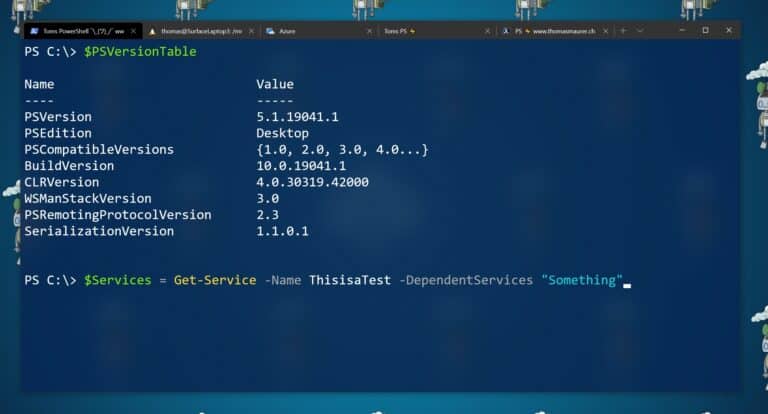


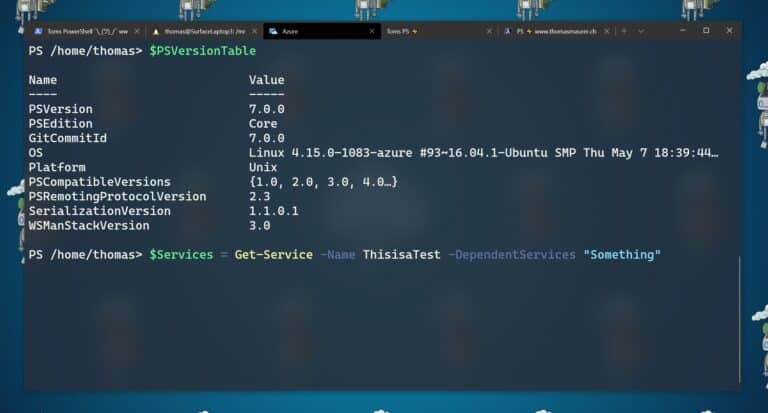

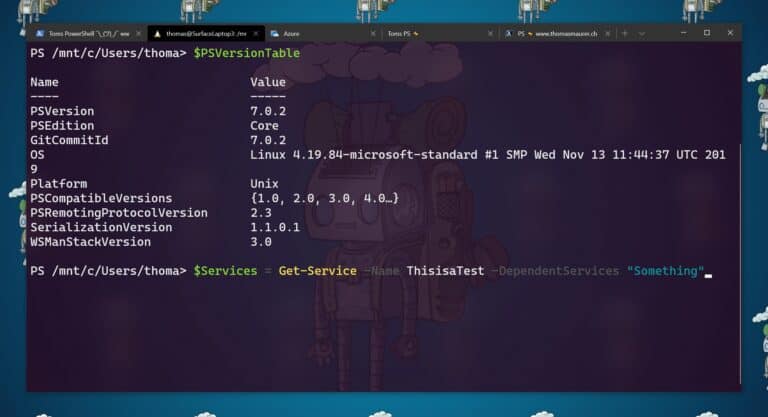
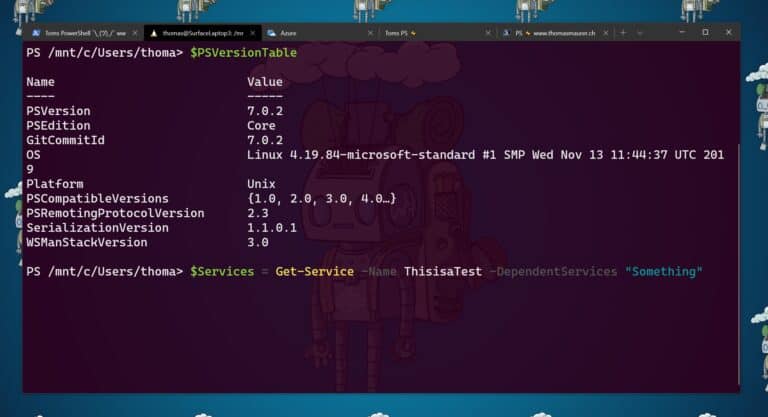
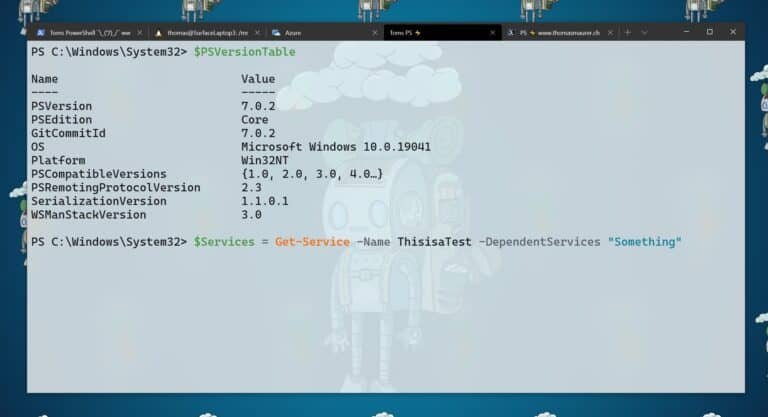
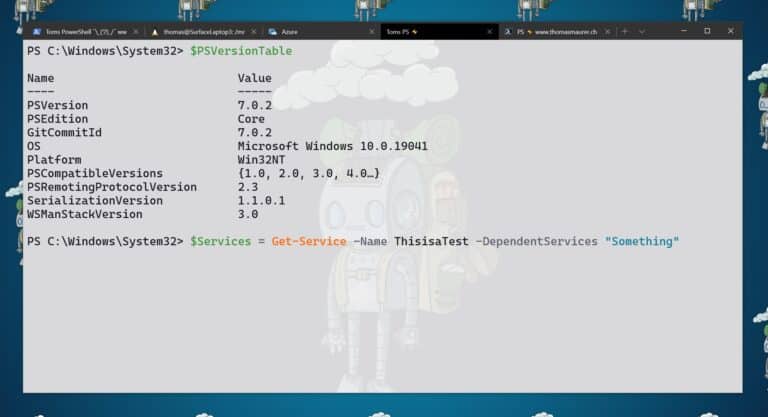











How do I get the theme that Microsoft shows in their video for terminal?
Hi Neil, Which one do you mean exactly :)
Nice color schemes!
Thanks James :)
Where i can get Retro Command Prompt color scheme?
I just did it very simple: https://www.thomasmaurer.ch/2020/04/my-customized-windows-terminal-settings-json/
I just changed the settings of the profile like this:
{// Make changes here to the cmd.exe profile.
"guid": "{0caa0dad-35be-5f56-a8ff-afceeeaa6101}",
"name": "Command Prompt",
"commandline": "cmd.exe",
"hidden": false,
"fontFace": "Consolas",
"experimental.retroTerminalEffect": true,
"foreground": "#00FF00"
},
When does it use some of the other colors? for example, with the built in vintage color scheme i never ever see the light blue background used. Why does it show like 20 colors and backgrounds if it only uses like 3 of them? Do you need to do something to make it use it?
Yes, check out my blog here about customizing the Windows Terminal.
The thing is, I already go the profile/custom colorscheme working, im using the exact same one here:
https://www.bleepingcomputer.com/news/microsoft/windows-terminal-adds-retro-crt-effects-and-console-search/
“For the above example, Windows Terminal Program Manager Kayla Cinnamon told BleepingComputer that she set her “color scheme to Vintage and am using the PxPlus IBM VGA8 font from here: https://int10h.org/oldschool-pc-f.”
Vintage is one of the colorschemes already built in, and its loading properly. so is the font, but mine doesn’t look like that? it doesnt have blue and cyan and all that. Thats more what I’m asking, how come theres like 16 colors/backgrounds and no matter what I do only like 3 of them are used. For me vintage is just black background with white text, for the person in the link it gives them a crazy old school bios look with cyan text and blue background. Did they weak vintage further?
These colors come from the Midnight commander application https://midnight-commander.org/wiki/Binaries
Nice post, helped me so much, by any chance , do you know how to set up a fixated window size and also the position in the configuration file, when the Windows Terminal opens?
How do I get the same background on error, dark red on black background, as in the powershell app?
Thanks for posting these. Very useful. I have set up WT shortcuts now to directly load Powershell, Command Prompt, Ubuntu and the Python package manager/environment manager Conda. So looking good.
you’re welcome!
Thanks for the themes. But what I need and can’t find are the RGB codes and color names for the 216 color palette used by Windows Terminal. I found the ANSI 216 color table at https://en.wikipedia.org/wiki/ANSI_escape_code but it does not include the color names. But the 216 color palette used by Windows Terminal is not the ANSI anyway. I found a table at http://www.1728.org/colors2.htm which is complete with names but this does not match ANSI nor Windows Terminal.
As WT’s table is unique is this info available?